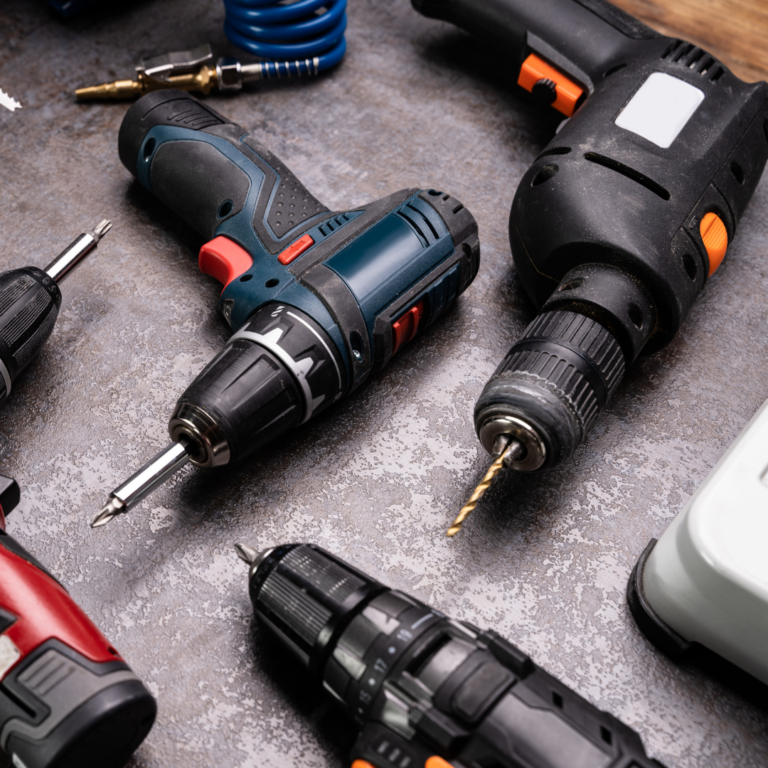Home is where we feel safe and secure, but the threat of a fire is a sobering reminder that safety requires vigilance and preparation. Fires can start unexpectedly and spread rapidly, leaving little time to react. To protect your loved ones, and your property, it’s essential to have a comprehensive home fire safety plan in place. In this blog post, we’ll guide you through the steps to ensure your home is well-prepared for a fire emergency.
- Install Smoke Alarms. Smoke alarms are your first line of defense against a fire. Install them in every bedroom, outside sleeping areas, and on every level of your home. Regularly test alarms and replace batteries at least once a year.
- Create an Escape Plan. Develop a fire escape plan for your family. Identify two escape routes from each room and establish a meeting point outside. Practice the plan with your family regularly, ensuring everyone knows how to escape safely.
- Install Fire Extinguishers. Place fire extinguishers in key locations, such as the kitchen and garage. Ensure everyone in the household knows how to use them correctly. Regularly inspect extinguishers for damage or expiration dates.
- Keep Fire Hazards in Check. Minimize fire hazards by keeping flammable materials, such as paper, cloth, and chemicals, away from heat sources. Store gasoline, propane, and other flammable substances in approved containers away from the home.
- Maintain Heating Equipment. Regularly inspect and maintain heating equipment, including furnaces, fireplaces, and space heaters. Clean chimneys and vents annually to prevent the buildup of flammable creosote.
- Use Electrical Safety Measures. Check your home’s electrical system for frayed wires, overloaded outlets, and faulty switches. Replace damaged cords and address electrical issues promptly. Avoid overloading circuits and use surge protectors.
- Store Matches and Lighters Safely. Keep matches and lighters out of the reach of children in a secure location. Teach children about the dangers of playing with fire and educate them on fire safety.
- Cooking Safety. Never leave cooking unattended, and keep flammable items like kitchen towels away from the stove. Use a timer to remind you of cooking times, and have a fire extinguisher ready in the kitchen.
- Secure Your Home. Ensure your home is secure by installing deadbolts on doors and window locks. These measures can slow the spread of fire and give you and your family more time to escape.
- Install a Fire-Resistant Safe. Protect important documents and valuables by storing them in a fire-resistant safe. This can safeguard your irreplaceable items in case of a fire.
A fire safety checklist for the house is a crucial tool for protecting your family and property. By following these guidelines, you can significantly reduce the risk of a fire and increase your chances of a safe escape if one occurs. Remember that preparation and prevention are key, so stay vigilant and make fire safety a top priority in your home.



